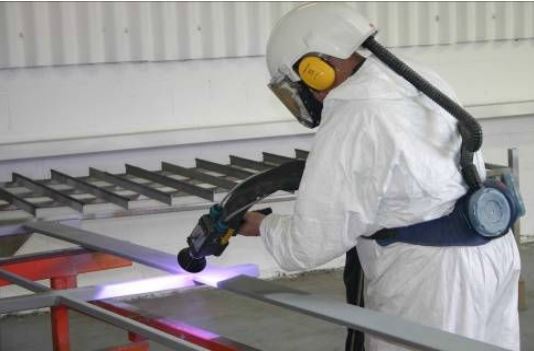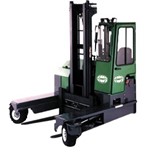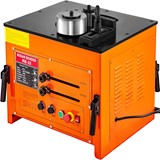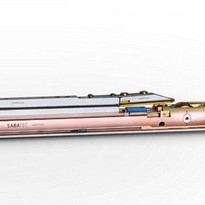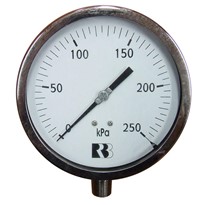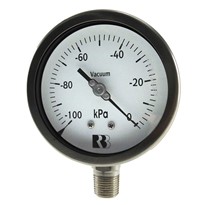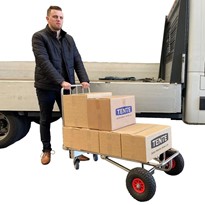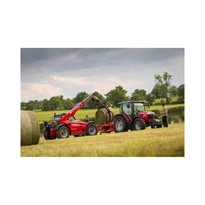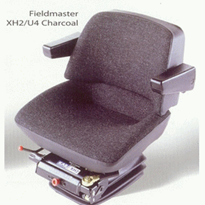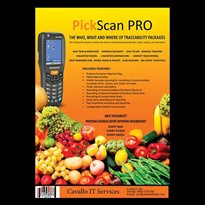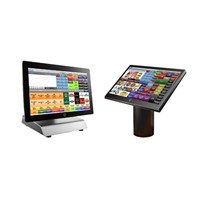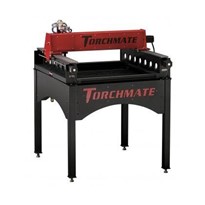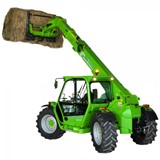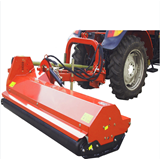Metal and thermal spray coatings, along with hardfacing, can provide an economical solution for the wear and corrosion of agricultural machinery and components. Metal spraying provides increased resistance to corrosion and wear, resulting in extended life and increased performance.
It can also help to ensure crop irrigation pumps can withstand the hardness and ph values of water and fertilisers by applying ceramics to pump seal areas. This repairs and protects OEM components.
What can metalspraying be used on?
The types of agricultural components that metal spraying can be applied to are varied. For example:
- Knives, barking blades and tools
- Threshing components
- Ground engaging machinery
- Wear parts for farming tools
- Feeding screws for fertilisers and wood barks
- Sugarcane crushed and cutters
The metalspray and hardfacing processes use various forms of equipment that employs wire, powder and cord to deliver the required results.
Every problem of abrasion does not involve the same solution and requires a careful study of each application according to:
- Type and size of the abrasive material
- Abrasion rate, temperature and impact occurrence
- Geometry, size and the weld ability of the part
Improving abrasion and erosion resistance
Tuf-Cote® consists of "rope like" hardfacing electrodes to improve abrasion and erosion resistance. It is brazed using an oxygen-acetylene torch It can be weld on mild steel, low carbon steel, low alloyed steel, stainless steel, lamellar grey cast iron and spheroid cast iron.
It can also be brazed on certain alloys of manganese steel with precautions. TUF-COTE® is weld-able on itself, making local repair or recycling of parts possible.
Powder welding
The powder welding process utilises an oxy acetylene flame and is ideal for the deposition of smooth, thin, well bonded layers on a wide range of substrates, including cast iron.
The hardfacing takes place at lower temperatures, which minimises oxidation and distortion of the workpiece and enables easy surfacing of edges.
To make surfaces metallurgically bonded, extremely hard and resistant to corrosion, impact and chipping, oxy acetylene flame spraying follows a two stage process. Flame spraying is followed by fusing, where the coating is fused with an oxyacetylene burner, or, for mass production, induction heating or vacuum furnaces are used.
The powders used for spray and fuse hardfacing are typically compositions of Ni, Cr, Co, Bo, Fe, W and WC in varying blends
From L-R, mechanical seals, pump impellor and pump shafts.
The application of Chrome Oxide ceramic powder or cord allows various pump parts to be either repaired or have their life expectancy increased with a very hard wearing coating.
Pumps can also be coated with Monel®, Inconel®, stainless steels by flamespray and arcspray methods.
Arcspray
Arcspray employs two wires (which explains the common term for the process: twin wire arc spray), which are fed into the pistol and electrically charged, one positive and one negative. The wires are forced together and form an electric arc, melting the wire.
Compressed air passing through a nozzle atomises the molten metal and sprays it onto the workpiece.
With Australia looking to be the market garden of the world, metalspray and hardfacing processes will be playing a large part in its success.


